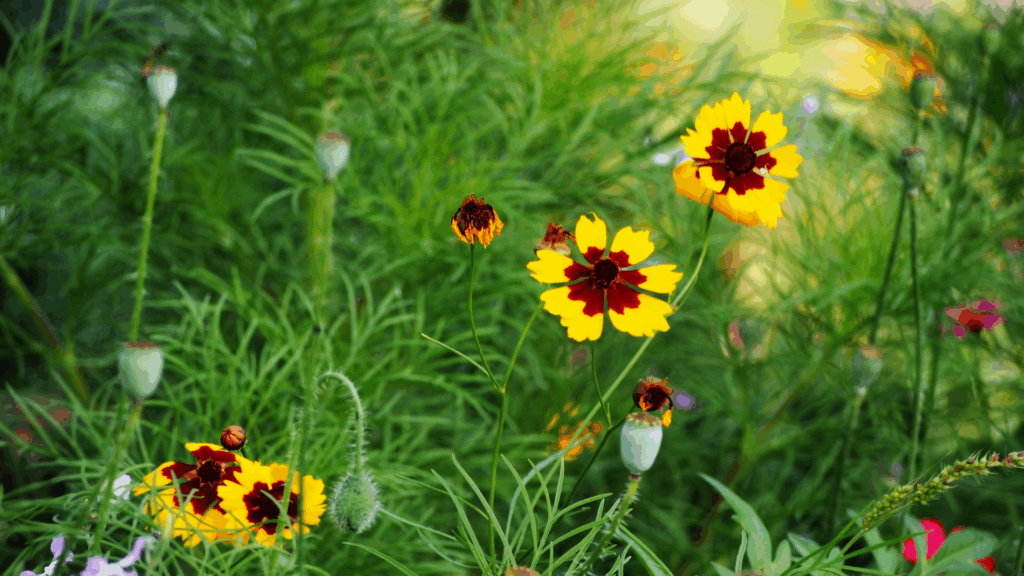
Coreopsis, often called Tickseed, is more than a vibrant garden flower, it’s a natural dyer’s treasure. With its sunny yellow petals and ease of cultivation, Coreopsis tinctoria (Dyer’s Coreopsis) has been used for centuries to produce earthy yellows, oranges, and warm browns.
If you’re curious about natural dyeing with coreopsis flowers this guide will show you:
- Which species to use
- How to harvest and store flowers
- Step-by-step dye instructions
- How to modify and expand your palette
(Want to start natural dyeing today? Join my Free Avocado Dye Mini-Course → Sign up here or explore my masterclass Foundations in Natural Dyeing Course → Learn more here.)
What is Coreopsis? A Botanical Overview
The genus Coreopsis includes more than 75 species, and many produce excellent colour for dyeing.
Common species include:
- Coreopsis grandiflora: Large-flowered Tickseed
- Coreopsis lanceolata: Lanceleaf Tickseed
- Coreopsis verticillata: Threadleaf Tickseed
- Coreopsis tinctoria: Plains Coreopsis (Dyer’s Coreopsis)
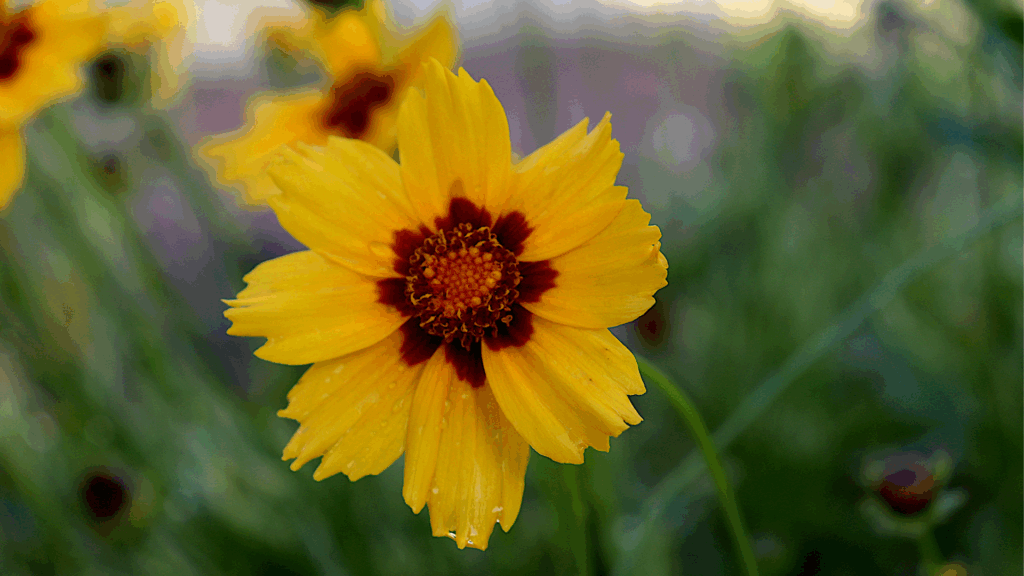
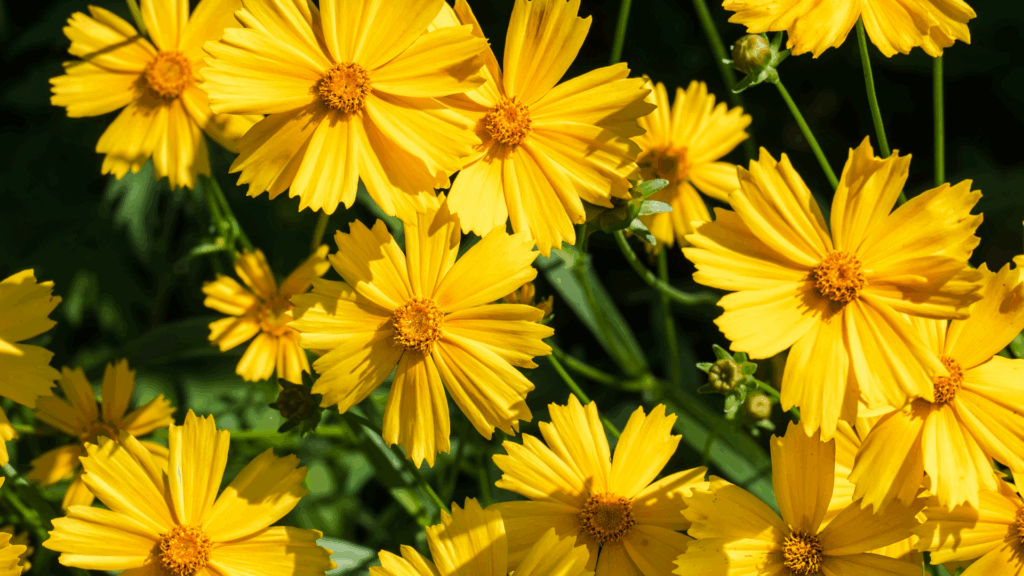
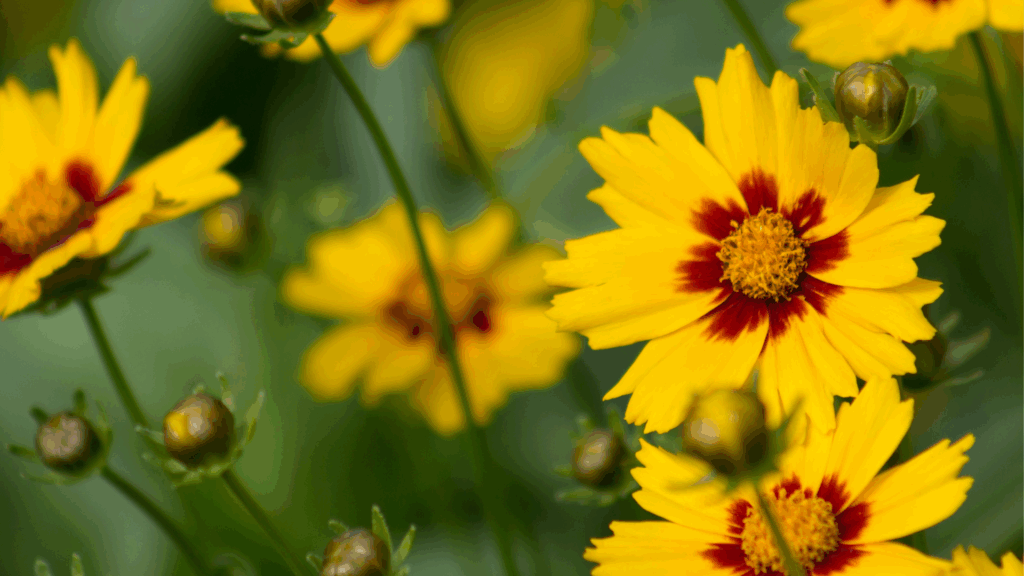
Physical Characteristics
- Flower color: Bright yellow, sometimes orange or bi-colored.
- Height: From 10 inches to 4 feet.
- Leaves: From thread-like to toothed.
Native Habitat
Coreopsis is native to North and Central America and thrives in well-drained soil and full sun. It’s hardy, low-maintenance, and pollinator-friendly.
Natural Dyeing With Coreopsis Flowers
The name says it all: plants with tinctoria in their name were historically valued for dyeing. Like Woad (Isatis tinctoria) and Madder (Rubia tinctorum), Coreopsis tinctoria offers rich, warm tones that are easy to achieve.
What can you dye with?
- Flowers
- Plant tops (1–2″ below the bloom)
Storage tip: Dry flowers in a ventilated space for year-round use.
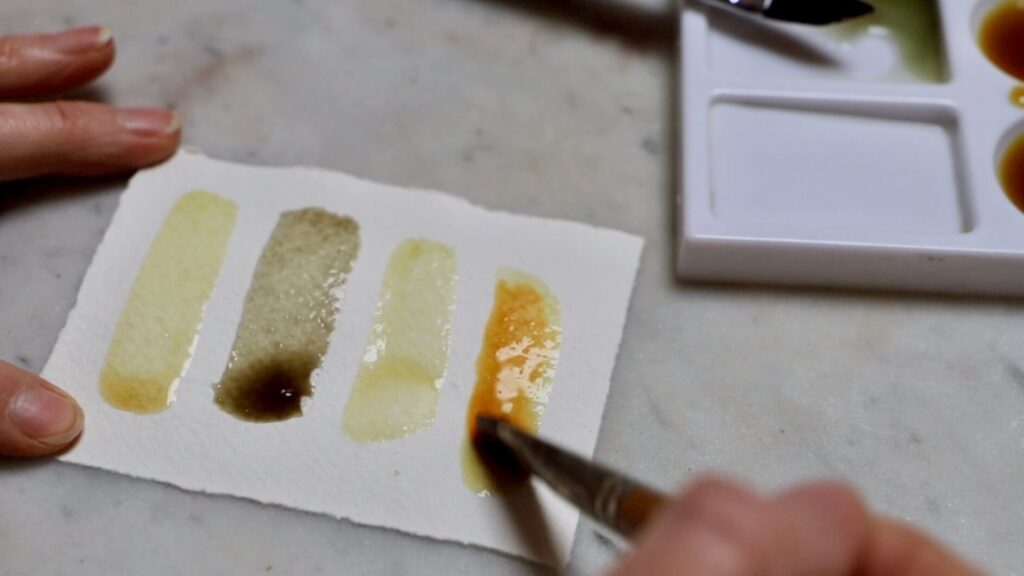
How to Harvest Coreopsis Flowers
- When: Peak bloom for bright color.
- How: Snip flowers; cut tops separately.
- Storage: Air-dry and store in paper bags or glass jars.
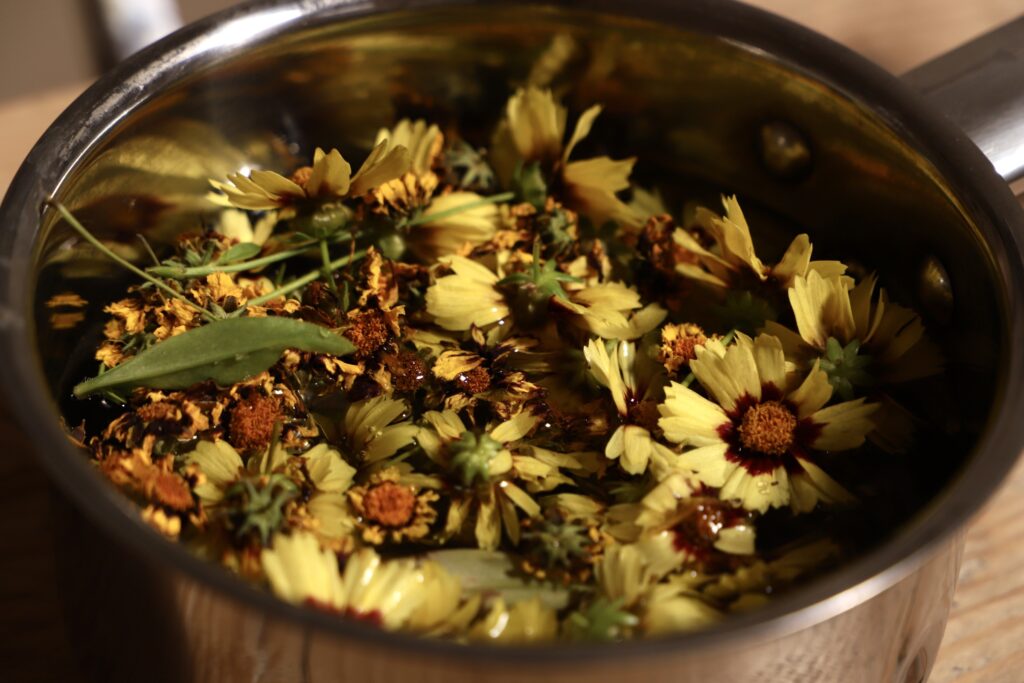
Step-by-Step Guide: Natural Dyeing with Coreopsis Flowers
For my experiments, I used Coreopsis tinctoria, combining fresh and dried blooms on mordanted linen, cotton & alpaca fibres.
Materials
- Coreopsis flowers (fresh or dried)
- Fibers: natural fibres like linen, cotton, alpaca, silk
- Dye pot
Extracting the Dye
- Add flowers to pot.
- Cover with water; simmer gently 45–60 mins.
Dyeing the Fibres
- Add fibre & simmer gently.
- When you’re happy with the colour, remove from the dye, rinse & dry
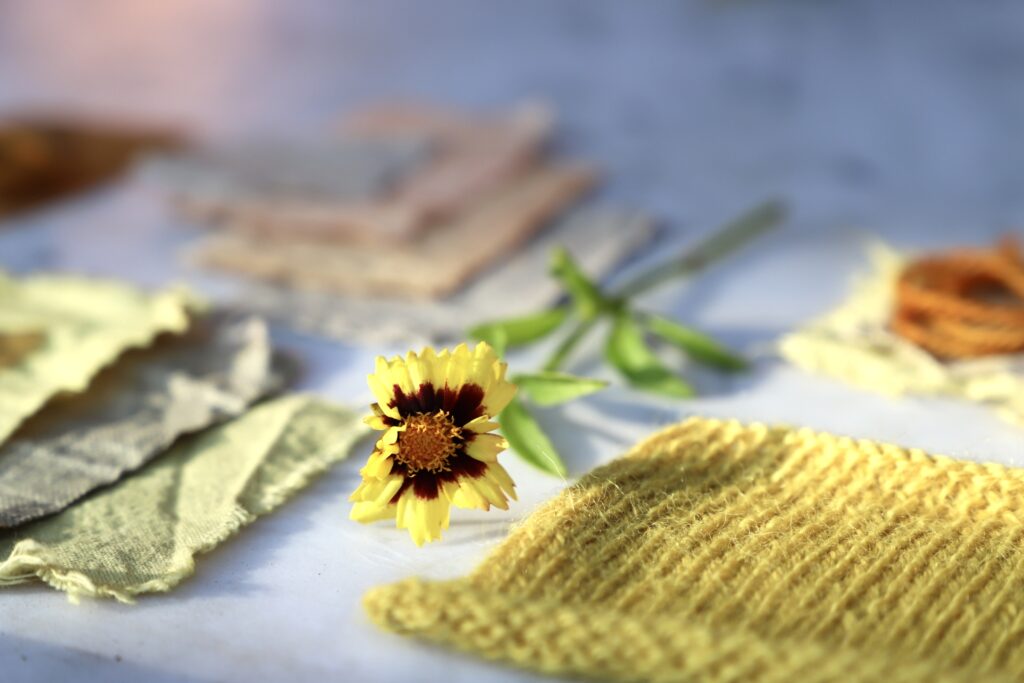
Modifying Your Colours
Use modifiers to expand your palette:
- Alum: Brightens yellow
- Iron: Creates olive or bronze tones
- Soda Ash: Shifts toward orange
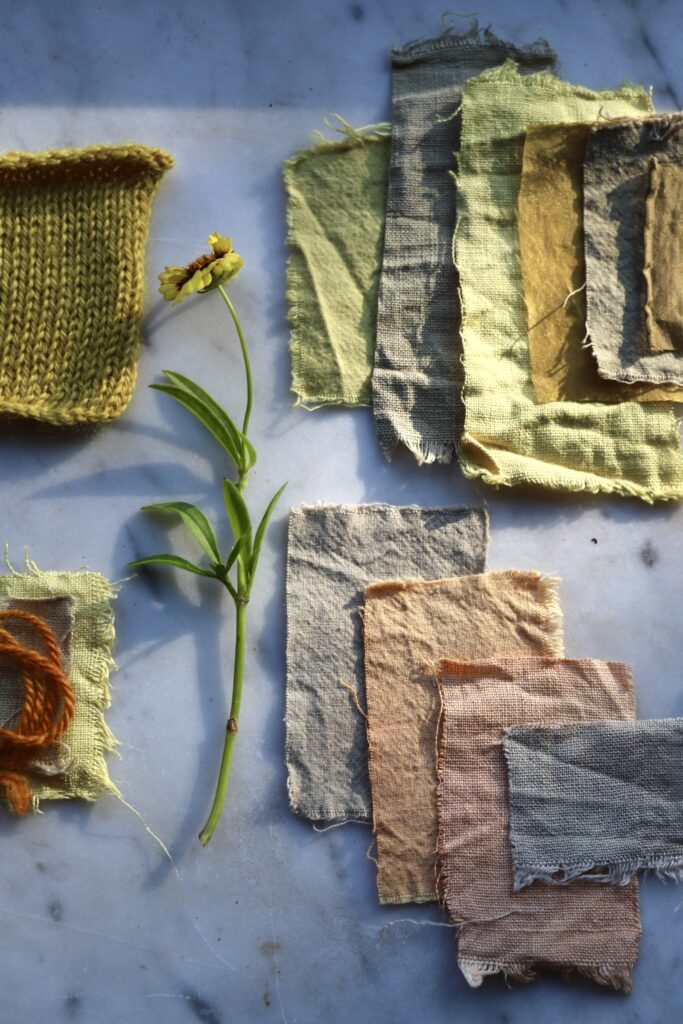
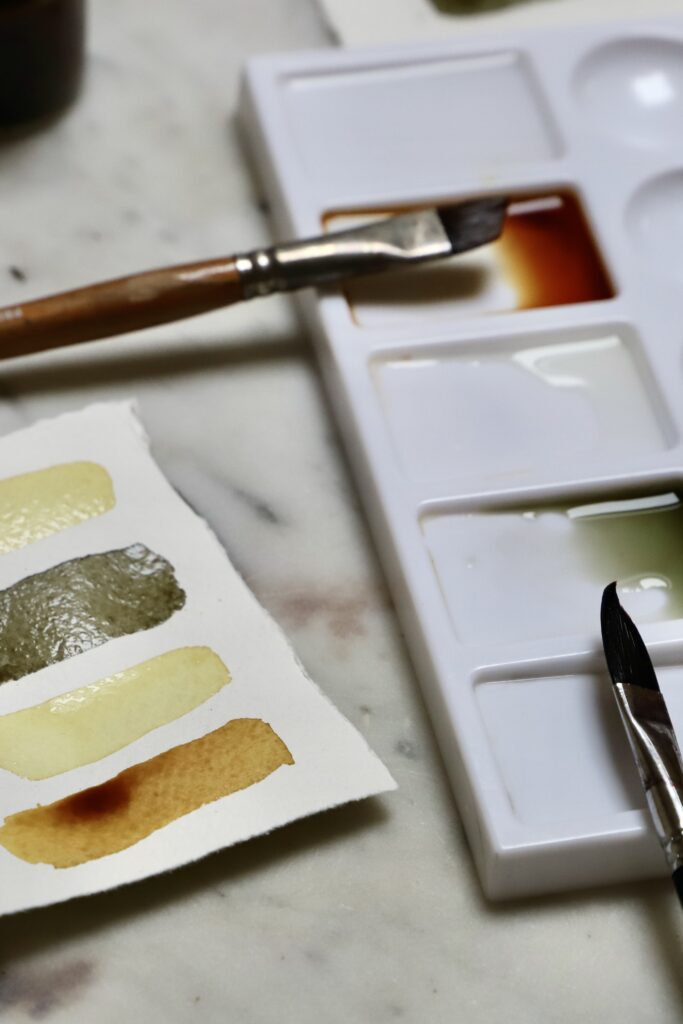
Coreopsis Colour Results
Coreopsis creates a spectrum from gold to earthy orange, with deeper shades after modifying. Each fiber type (silk, cotton, alpaca) takes the dye differently.
Why Coreopsis Belongs in Your Dye Garden
Easy to grow, long-blooming, and vibrant, Coreopsis is a beginner-friendly natural dye plant that offers endless color possibilities.
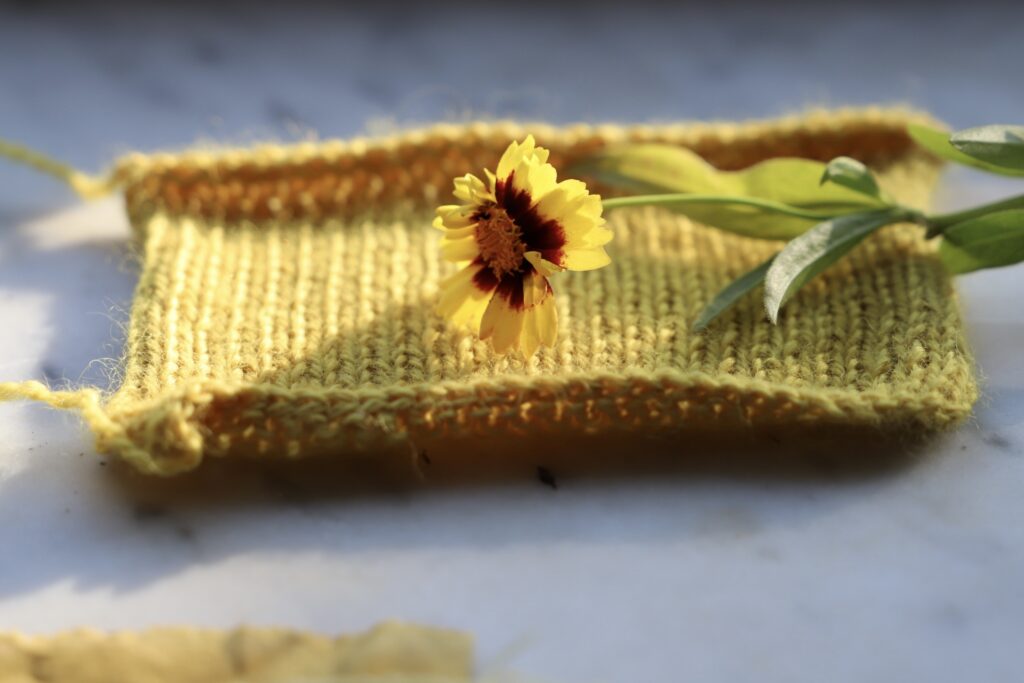
Ready to Learn More About Dye Plants & Their Colours?
I hope this inspires you to experiment with Coreopsis and discover the joy of creating colour from the plants around you. Looking for other flowers to dye with, take a look at the marigold flower tutorial.
If you’re curious to explore more, start with my free Avocado Dye Mini-Course or if you’d like a comprehensive step-by-step program, take a look at the masterclass: Foundations in Natural Dyeing.
Happy dyeing!
Kathryn x
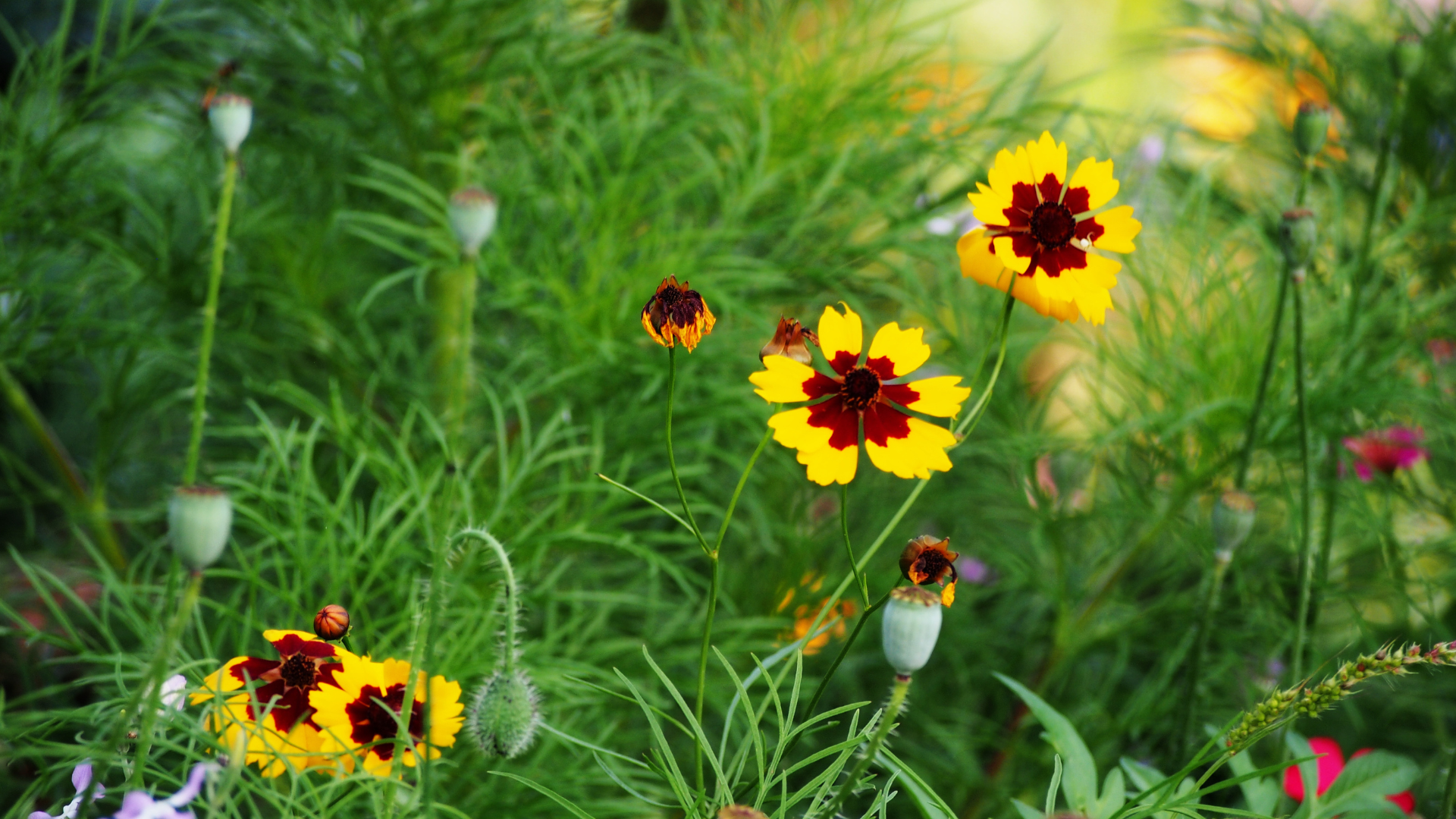
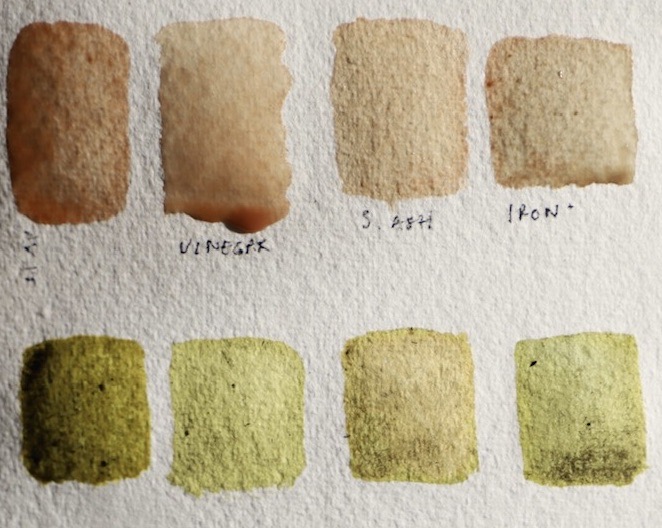
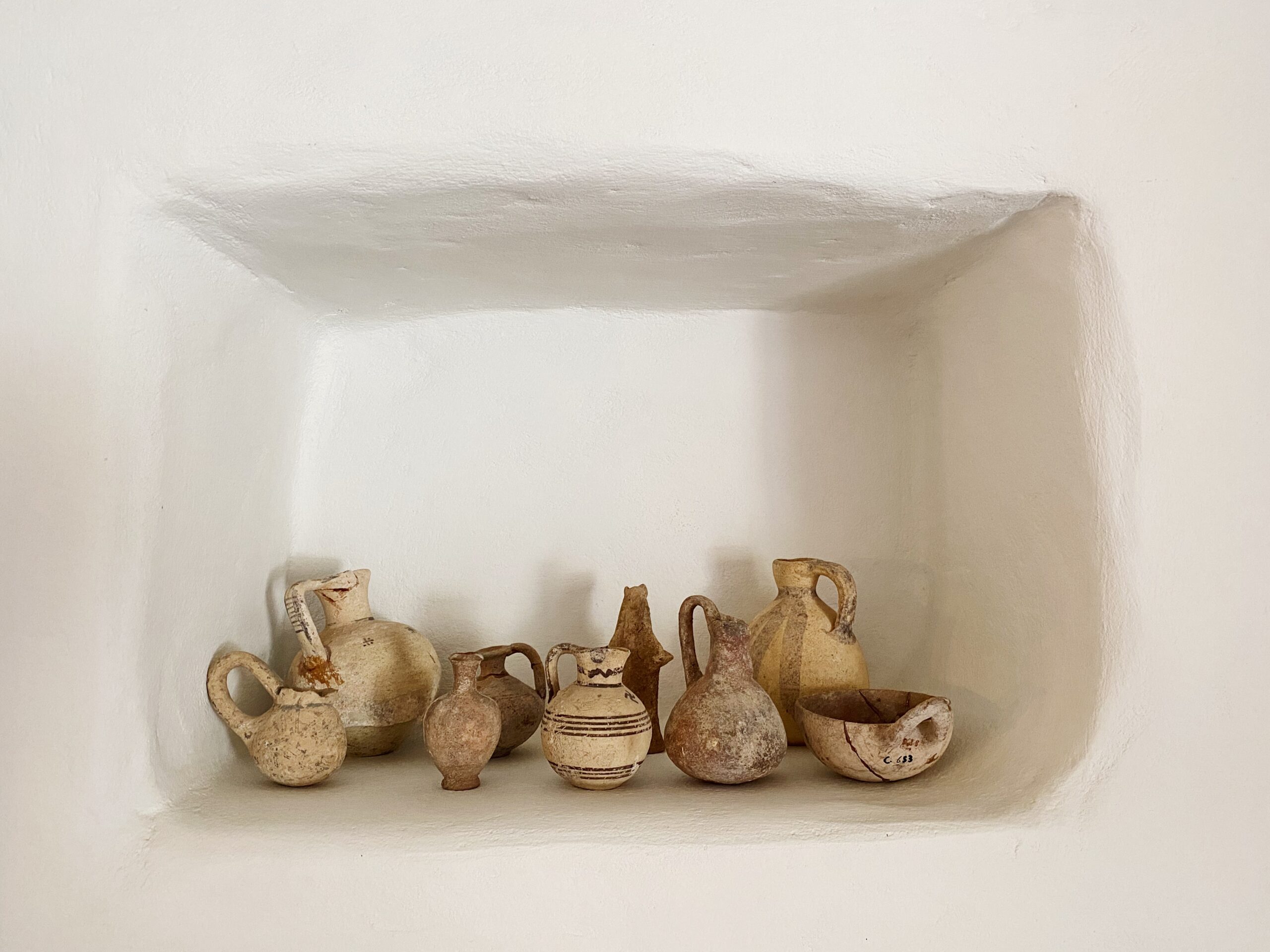
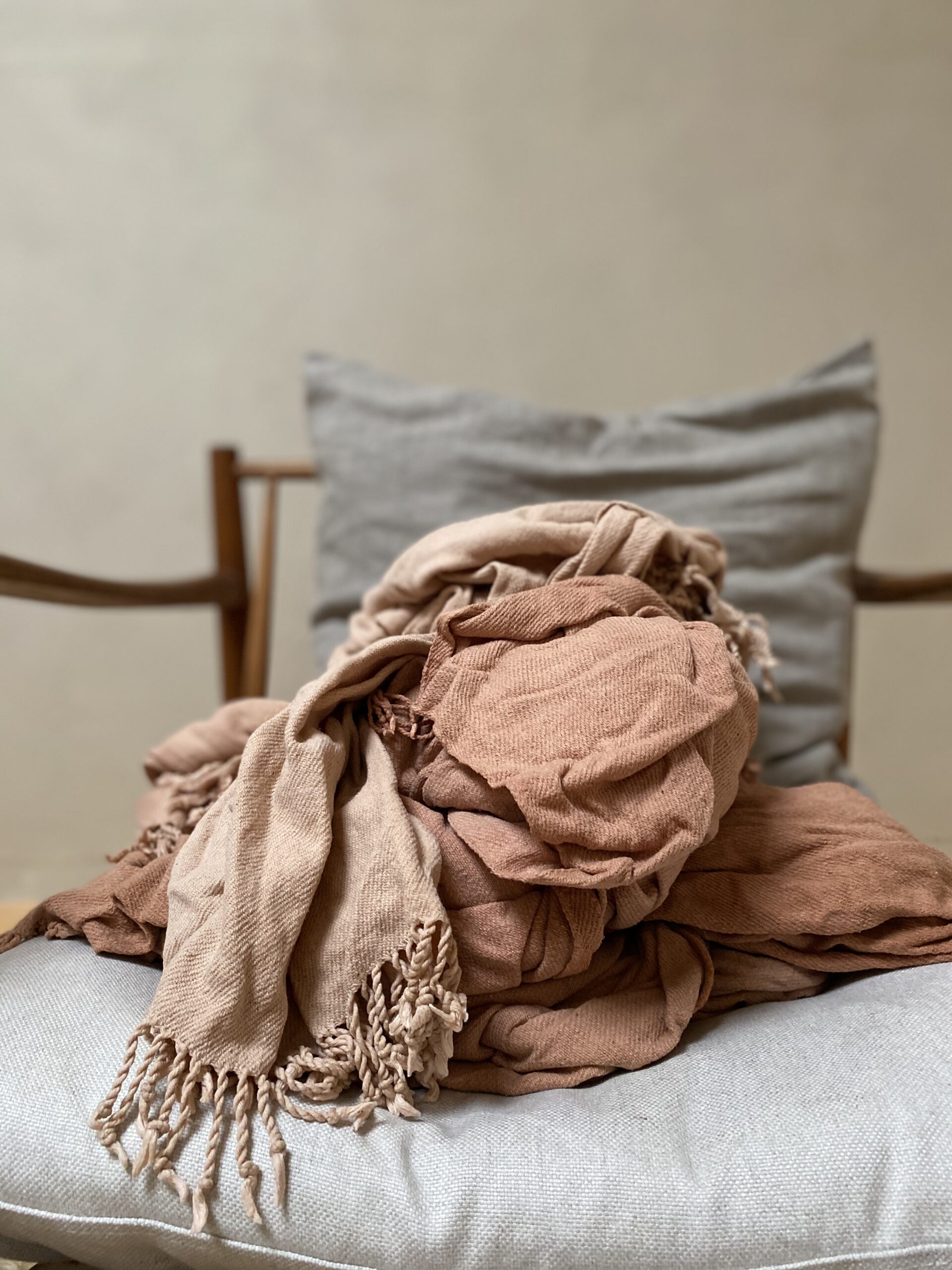
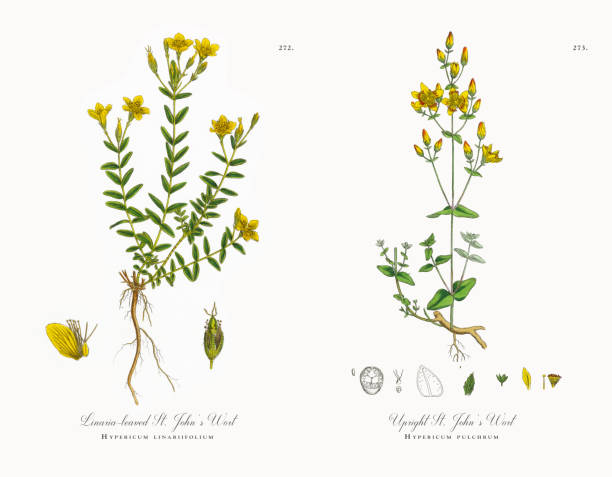
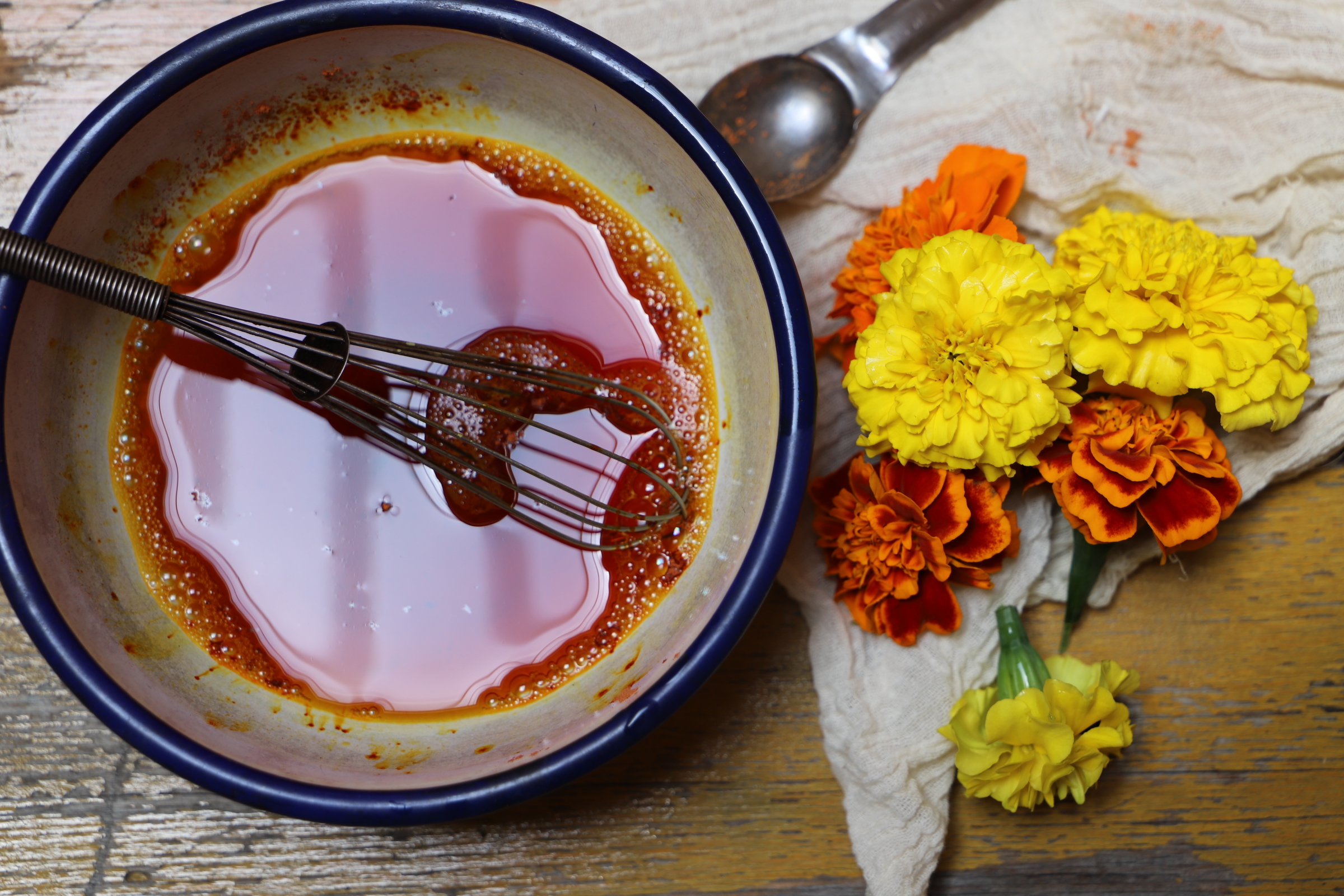
+ show Comments
- Hide Comments
add a comment